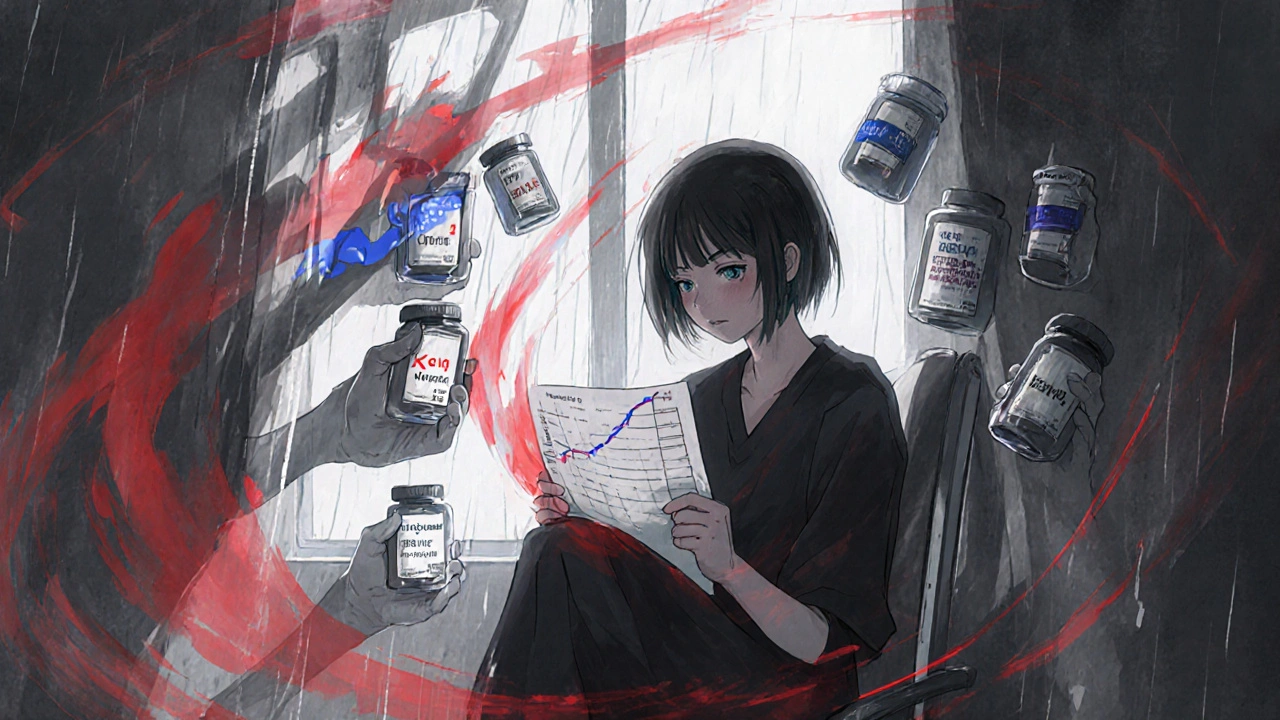Narrow Therapeutic Index: What It Means and Why It Matters for Your Medications
When a drug has a narrow therapeutic index, a small difference between the dose that works and the dose that causes harm. Also known as narrow TI, it means your body can’t tolerate much variation—too little and it doesn’t work, too much and you could end up in the hospital. This isn’t just a technical term. It’s a life-or-death detail for people taking drugs like warfarin, lithium, or digoxin. These aren’t rare or experimental meds—they’re commonly prescribed. And if you’re on one, you need to know what this means for you.
A therapeutic window, the range between the minimum effective dose and the minimum toxic dose. Also known as therapeutic range, it’s like walking a tightrope. For most drugs, you’ve got a wide safety margin—you can miss a dose or take one extra and nothing bad happens. But with narrow therapeutic index drugs, that margin is razor-thin. A 10% change in dose might turn a helpful treatment into a toxic overdose. That’s why blood tests are often required. Doctors don’t just guess the right dose—they measure what’s actually in your blood. And even then, things can shift. Changes in diet, other meds, liver function, or even dehydration can throw off the balance.
Some of the most common drugs with a narrow therapeutic index include warfarin, a blood thinner that requires frequent INR monitoring, lithium, used for bipolar disorder and sensitive to kidney function, and digoxin, a heart medication where even small changes can cause dangerous rhythms. You’ll also find it in phenytoin, an older seizure drug, and theophylline, used for asthma and COPD. These aren’t just numbers on a chart—they’re drugs that demand precision. Skipping a dose, switching brands without checking, or taking an over-the-counter supplement that interacts with them can all lead to serious problems.
That’s why so many of the posts here focus on medication safety—because when you’re on a narrow therapeutic index drug, every detail counts. Whether it’s understanding how generic drugs are tested for consistency, why import inspections matter for drug quality, or how to avoid dosing errors by reading labels correctly, these topics aren’t abstract. They’re directly tied to staying safe when your margin for error is tiny. You’ll find guides on how to store high-risk meds, how to track your blood pressure or lab results, and how to spot signs of overdose before it’s too late. These aren’t just tips—they’re your safety net.

Immunosuppressants: Cyclosporine and Tacrolimus Generic Issues Explained
Nov, 12 2025
